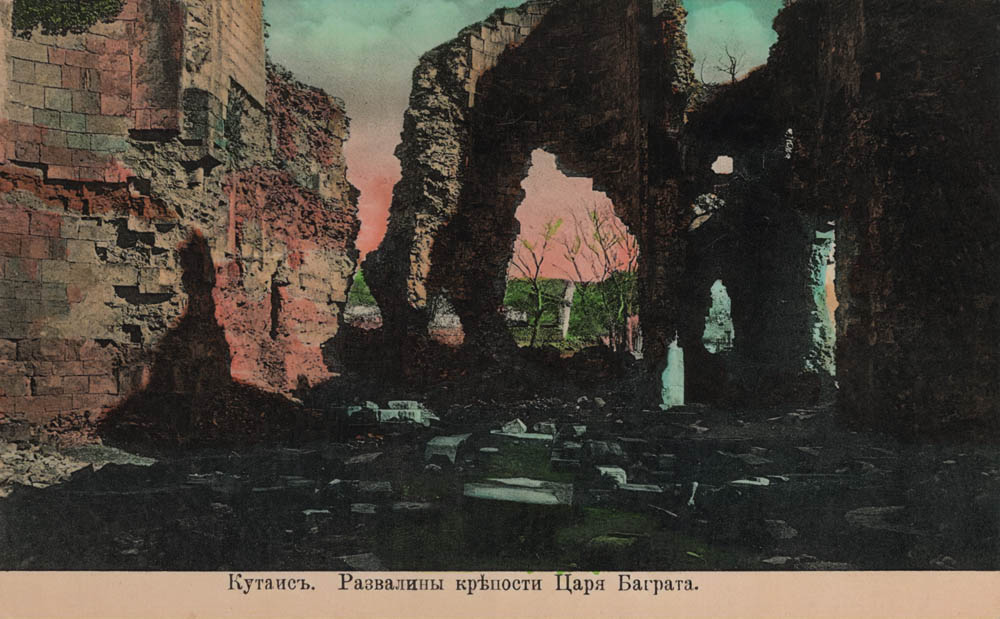Bagrat III, born in the 960s in Iberia, was the son of Gurgen I of Iberia and Gurandukht, daughter of King George II of Abkhazia, making him heir to the Bagrationi dynasty.
While still young, he was named heir by his father’s cousin and guardian, David III, king of Tao-Klarjeti (930–1000).
In 976, Kvirike II of Kakheti invaded Iberia, but Kartli’s eristavi, John Marushisdze, rebelled and sought David’s help.
David drove out the Kakhs and placed Bagrat on the throne under his regency.
The early years of Bagrat’s rule were troubled by uprisings from restive nobles.
At the same time, Abkhazia weakened under King Theodosius III.
Marushisdze united the nobles of both kingdoms and secured Bagrat’s recognition as king of Abkhazia in 978 (or 980).
Shortly after, Bagrat faced opposition in Kartli, where the nobility rallied behind Gourandukht, Bagrat’s mother and regent of the area.
Bagrat defeated them at Moghri, reclaimed Uplistsikhe, and consolidated his authority before returning to Abkhazia, where he established himself as a strong and just ruler.
In 1000 AD, David III, Bagrat’s adoptive father, died and the Byzantine Emperor Basil II moved to seize Tao-Klarjeti.
Hoping to divide father and son, Basil conferred the title of Magistros on Gourgen and that of Curopalate on Bagrat.
The attempt failed, and Bagrat, already king of Abkhazia, assumed the title of Curopalate of Iberia, effectively uniting Georgia.
To commemorate this achievement, he began construction of the great cathedral in Kutaisi, later completed in 1103, which still stands today.
